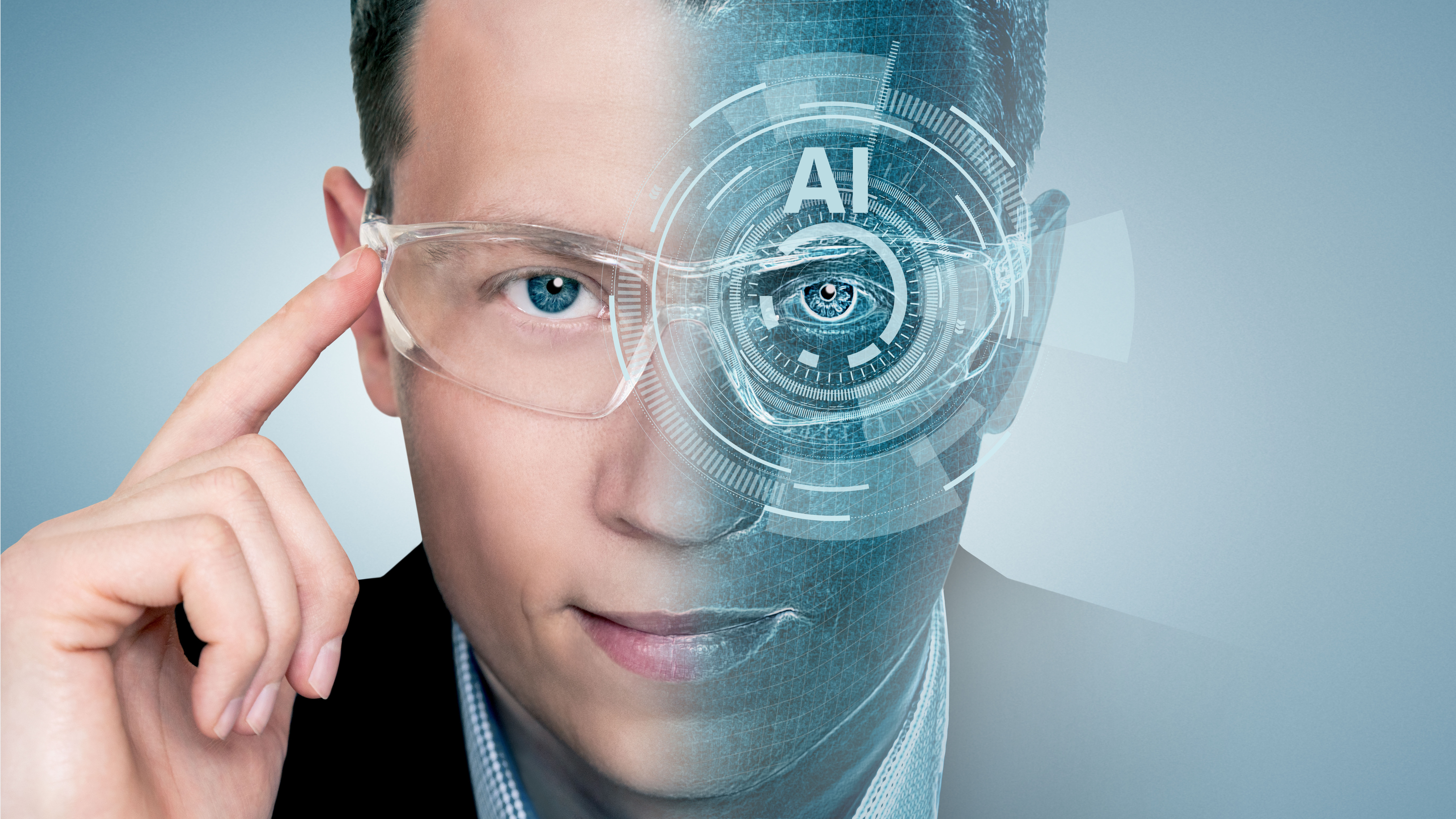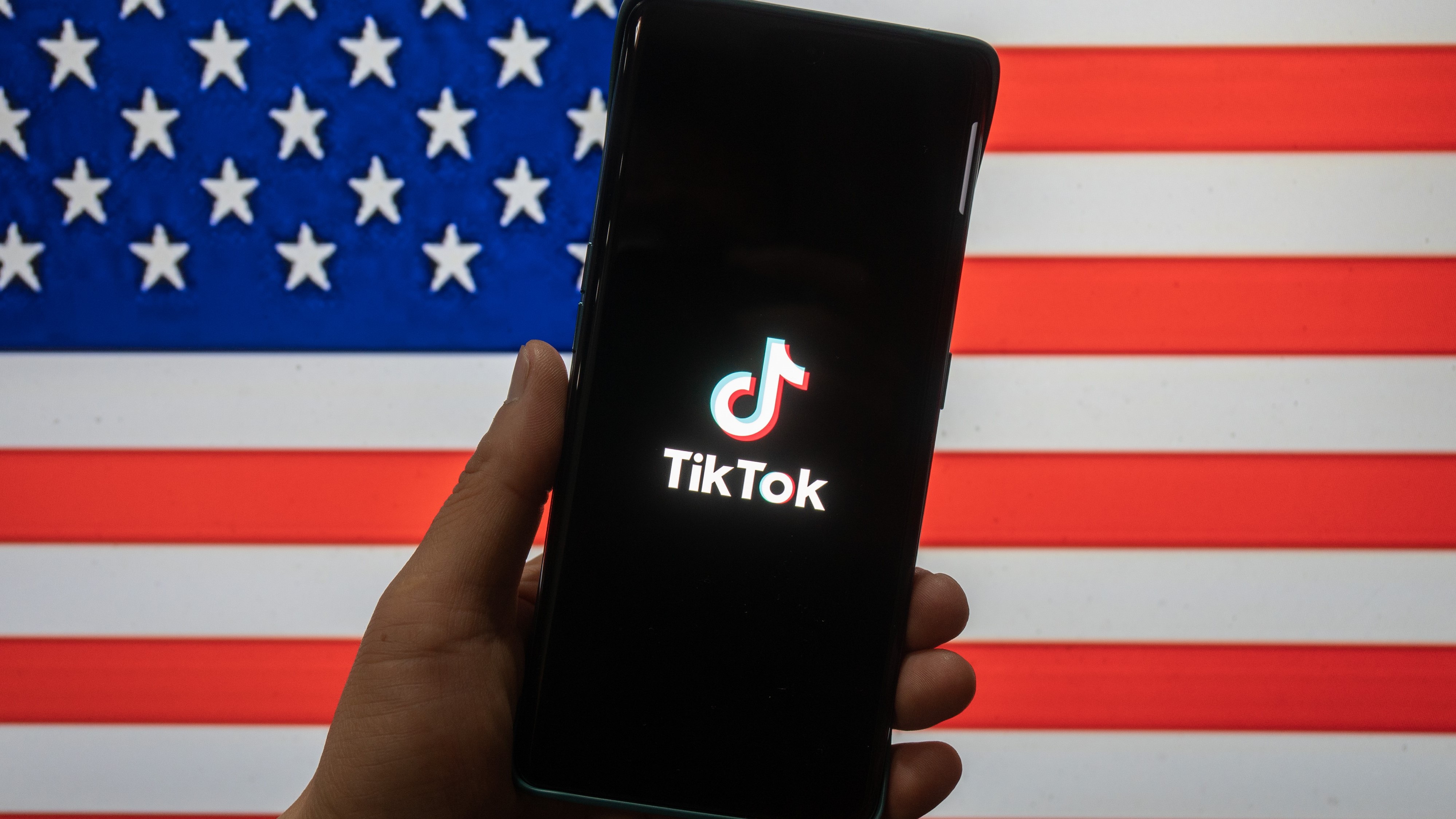Tech Trends of 2025
2025: AI, Sustainability, Local Clouds, and Data Detox This is a submission for the 2025 New Year Writing challenge: Predicting 2025. Welcome to 2025! where technology doesn't just evolve; it grows, adapts, and occasionally drawing interests at our habits. From mind-liked communication that might finally feel texting a thing of the past, to 3D-printed organs(because who wouldn't want to have a backup heart and organs on our hand, right?), the innovations of the future are set to not only disrupt industries but to redefine how one can live, work, and maybe even procrastinate. In this blog, we'll explore the most mind-blowing, game-changing technologies that might become a mainstream in coming years, and let us just say-the future? It might just be stranger (and more exciting) than we think. So, get ready for a sneak peak into this chapter of human innovation! 1. Self-Repairing Code: When Your Program Becomes Its Own IT Guy Code that gets itself fixed sounds like science fiction, but in 2025, it might be reality. Self-repairing systems will use advanced AI to identify bugs, rewrite faulty lines, and optimize performance on the fly. No more late-night debugging marathons-your code will wake up more refresh than you. Why it's unique: Forget "works on my machine" excuses. Your program will now debug itself across all environments and even report its own mistakes (if not only humans could do that). Data McKinsey estimates that AI-driven software engineering tools will save the tech industry up to _$100 billion annually by 2025 _by automating testing, debugging, and optimization. The AI-powered development tools market is expected to reach $13 billion by 2025, according to IDC. What to expect: Debugging logs that sound like therapy sessions: "I fixed myself. You're welcome!" A rise in developers saying, "It wasn't me, the AI fixed it." I fixed myself. You're welcome! 2. Emotionally Intelligent Machines: When your Laptop Knows You're Frustrated Picture this: you've been debugging for hours, your IDE detects your rising stress levels, and instead of crashing, it dims the light, plays soothing lo-fi beats, and gently suggests a break. In 2025, emotionally intelligent machines will adapt to your emotions, whether it's a frustrated coder or a tired gamer. Why it's unique: These systems won't just understand commands; they'll read your mood through typing speed, facial expressions, or voice tones. Imagine an algorithm that tells your boss, "Their message was all caps-looks like they need a moment and a coffee." Data: According to a 2024 report by Gartner, emotional AI is expected to grow by 42% annually and reach a $36 billion market by 2027. A study by Harvard Business Review shows that 85% of people said they felt more productive with tools that responded to their emotional state. What's Next: IDEs that pause before suggesting, Have you tried turning it off and on again? Personal devices that send alerts when your mood predicted is bad. 3.Biodegradable Tech: Compost Your Laptop. Literally! By the end of 2025, the phrase throwaway culture might gets glowed up. Enter biodegradable hardware-laptops, phones and wearables that decompose into nutrient-rich soil when their life cycle ends. Tech companies will introduce plant-based plastics, bio-silicon, and materials that break down faster than your software updates. Why it's unique: Say goodbye to e-waste and hello to guilt-free gadget upgrades. Your old smartphone can literally grow into a tree. Data Statista reports that global e-waste generation reached a staggering 53.6 million metric tons in 2019, with projections estimating over 74 million metric tons by 2030. The global biodegradable electronics market is expected to grow from $5.3 billion in 2020 to $15.8 billion by 2025, driven by eco-conscious innovation. The fun part: Apps that remind you to bury your phone when it dies. 4.Hyperlocal Cloud Networks: The Cloud Moves to your Neighborhood Global Clouds? Too mainstream. By 2025, hyperlocal clouds will dominate-tiny, neighborhood-level data centers that might optimize latency for local services. Why it's unique: Instead of your data traveling halfway around the world, it'll ping to a server next door (maybe even in your garage). These hyperlocal setups will also reduce energy consumption and reliance on massive global infrastructure. Data: Cisco reports that by 2025, over 75% of data will be processed at the edge, close to where it is generated, creating the foundation for hyperlocal cloud systems. Local cloud solutions can reduce energy costs by 40% compared to traditional data centers, according to a Forbes report. Cool Possibilities: Developers building apps that work better in certain zip codes. Tech meetups hosted in actual neighborhood data centers. 5.The Great Data Detox Movement: When Privacy Becomes a Lifestyle In 2025, privacy isn't just a po

2025: AI, Sustainability, Local Clouds, and Data Detox
This is a submission for the 2025 New Year Writing challenge: Predicting 2025.
Welcome to 2025! where technology doesn't just evolve; it grows, adapts, and occasionally drawing interests at our habits. From mind-liked communication that might finally feel texting a thing of the past, to 3D-printed organs(because who wouldn't want to have a backup heart and organs on our hand, right?), the innovations of the future are set to not only disrupt industries but to redefine how one can live, work, and maybe even procrastinate. In this blog, we'll explore the most mind-blowing, game-changing technologies that might become a mainstream in coming years, and let us just say-the future? It might just be stranger (and more exciting) than we think.
So, get ready for a sneak peak into this chapter of human innovation!
1. Self-Repairing Code: When Your Program Becomes Its Own IT Guy
Code that gets itself fixed sounds like science fiction, but in 2025, it might be reality.
Self-repairing systems will use advanced AI to identify bugs, rewrite faulty lines, and optimize performance on the fly. No more late-night debugging marathons-your code will wake up more refresh than you.
Why it's unique:
Forget "works on my machine" excuses. Your program will now debug itself across all environments and even report its own mistakes (if not only humans could do that).
Data
- McKinsey estimates that AI-driven software engineering tools will save the tech industry up to _$100 billion annually by 2025 _by automating testing, debugging, and optimization.
- The AI-powered development tools market is expected to reach $13 billion by 2025, according to IDC.
What to expect:
- Debugging logs that sound like therapy sessions: "I fixed myself. You're welcome!"
- A rise in developers saying, "It wasn't me, the AI fixed it."
I fixed myself. You're welcome!
2. Emotionally Intelligent Machines: When your Laptop Knows You're Frustrated
Picture this: you've been debugging for hours, your IDE detects your rising stress levels, and instead of crashing, it dims the light, plays soothing lo-fi beats, and gently suggests a break. In 2025, emotionally intelligent machines will adapt to your emotions, whether it's a frustrated coder or a tired gamer.
Why it's unique:
These systems won't just understand commands; they'll read your mood through typing speed, facial expressions, or voice tones. Imagine an algorithm that tells your boss, "Their message was all caps-looks like they need a moment and a coffee."
Data:
- According to a 2024 report by Gartner, emotional AI is expected to grow by 42% annually and reach a $36 billion market by 2027.
- A study by Harvard Business Review shows that 85% of people said they felt more productive with tools that responded to their emotional state.
What's Next:
IDEs that pause before suggesting, Have you tried turning it off and on again?
Personal devices that send alerts when your mood predicted is bad.

3.Biodegradable Tech: Compost Your Laptop. Literally!
By the end of 2025, the phrase
throwaway culture
might gets glowed up. Enter biodegradable hardware-laptops, phones and wearables that decompose into nutrient-rich soil when their life cycle ends. Tech companies will introduce plant-based plastics, bio-silicon, and materials that break down faster than your software updates.
Why it's unique:
Say goodbye to e-waste and hello to guilt-free gadget upgrades.
Your old smartphone can literally grow into a tree.
Data
- Statista reports that global e-waste generation reached a staggering 53.6 million metric tons in 2019, with projections estimating over 74 million metric tons by 2030.
- The global biodegradable electronics market is expected to grow from $5.3 billion in 2020 to $15.8 billion by 2025, driven by eco-conscious innovation.
The fun part:
Apps that remind you to bury your phone when it dies.

4.Hyperlocal Cloud Networks: The Cloud Moves to your Neighborhood
Global Clouds? Too mainstream. By 2025, hyperlocal clouds will dominate-tiny, neighborhood-level data centers that might optimize latency for local services.
Why it's unique:
Instead of your data traveling halfway around the world, it'll ping to a server next door (maybe even in your garage). These hyperlocal setups will also reduce energy consumption and reliance on massive global infrastructure.
Data:
- Cisco reports that by 2025, over 75% of data will be processed at the edge, close to where it is generated, creating the foundation for hyperlocal cloud systems.
- Local cloud solutions can reduce energy costs by 40% compared to traditional data centers, according to a Forbes report.
Cool Possibilities:
Developers building apps that work better in certain zip codes.
Tech meetups hosted in actual neighborhood data centers.

5.The Great Data Detox Movement: When Privacy Becomes a Lifestyle
In 2025, privacy isn't just a policy-it's a personal mission. The
Data Detox
trend will inspire people to reclaim their digital footprint, aided by apps that analyze your online presence and help you delete unnecessary or invasive data. Think of it as Marie Kondo for your digital life.
Why it's unique:
Instead of hoarding terabytes of unnecessary files, people will actively reduce their online clutter. Expect social media timelines filled with,
"Just deleted 500 outdated tweets-feels amazing!"
Data:
- A Pew Research study shows that 81% of Americans feel their data is being misused by companies, spurring the demand for more privacy-conscious tech solutions.
- By 2025, the global market for data privacy solutions is expected to surpass $10 billion, according to MarketsandMarkets.
For Developers:
Apps that gamify data cleaning: "You've unlocked the 'Clean Cloud badge!"
More pressure to design systems with privacy-by-default principles.

Conclusion
2025 is shaping up to be a year where tech isn't just about gadgets-it's about whole new way of living with and interacting through innovations. From emotionally intelligent machines to hyperlocal clouds and biodegradable tech, the future is full of surprises that will make our daily lives smarter, greener and a lot more efficient.
But, what do you think? Are these trends exciting or little out there? Maybe you have a future trend of your own that's even crazier! Drop a comment below, share your thoughts, or predict a trend that we didn't see coming. Let's start conversation about it-because, after all, we're all part of shaping it.
As developers, creators and consumers, it's our chance to embrace the unexpected and code the future we truly want (or at least one that doesn't crash)
Thank You.
Visit me at:
Linkedin: www.linkedin.com/in/sheetal-bajaj-s06091009
GitHub: https://github.com/Sheetal-cell
X: https://x.com/Sheetal_11
Email: sheetalbajajgodda@gmail.com






















